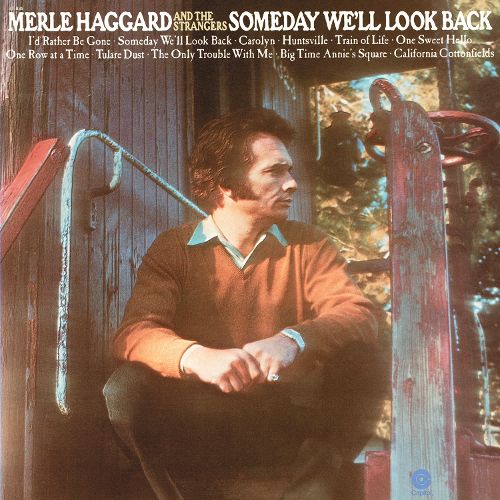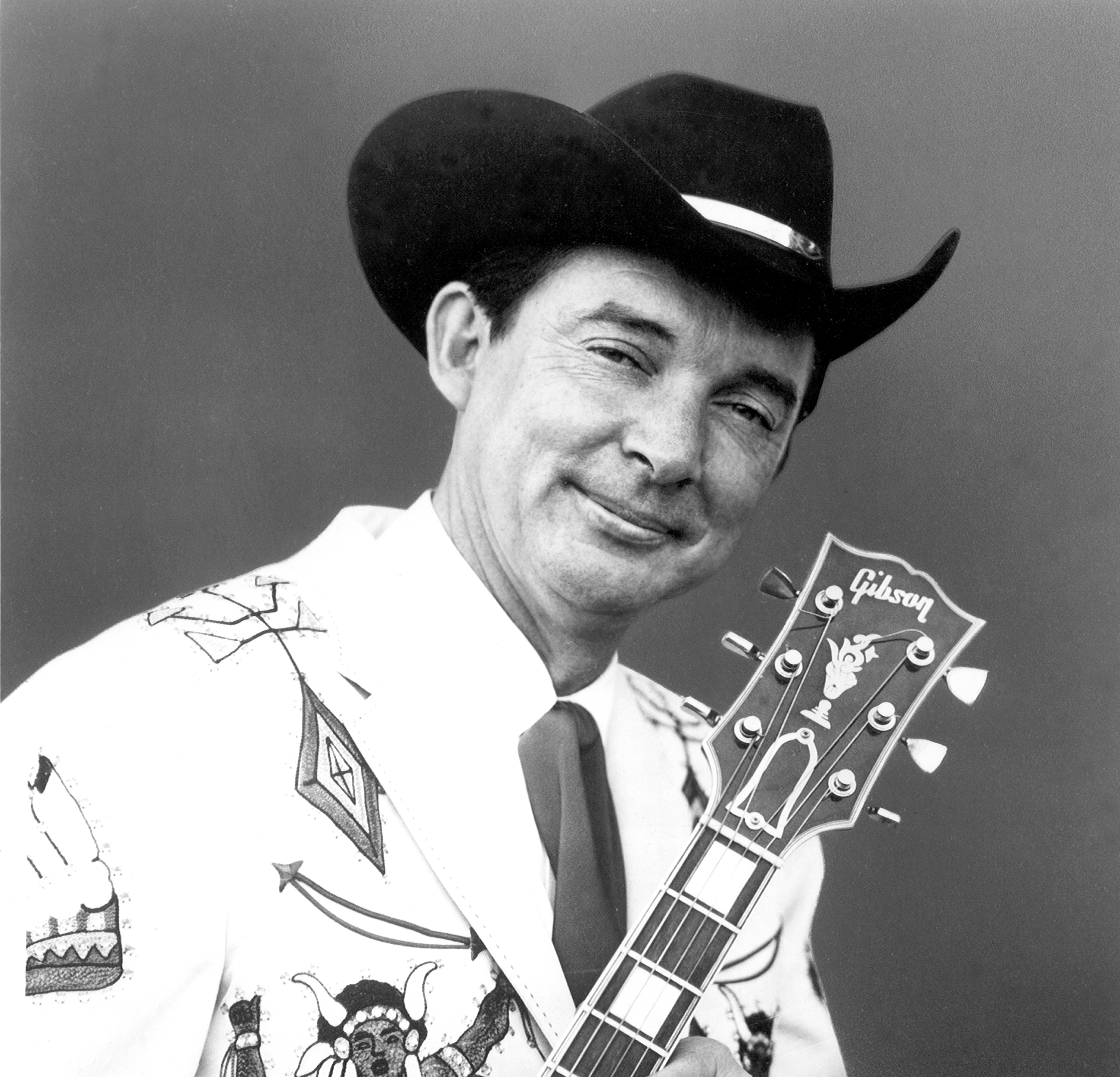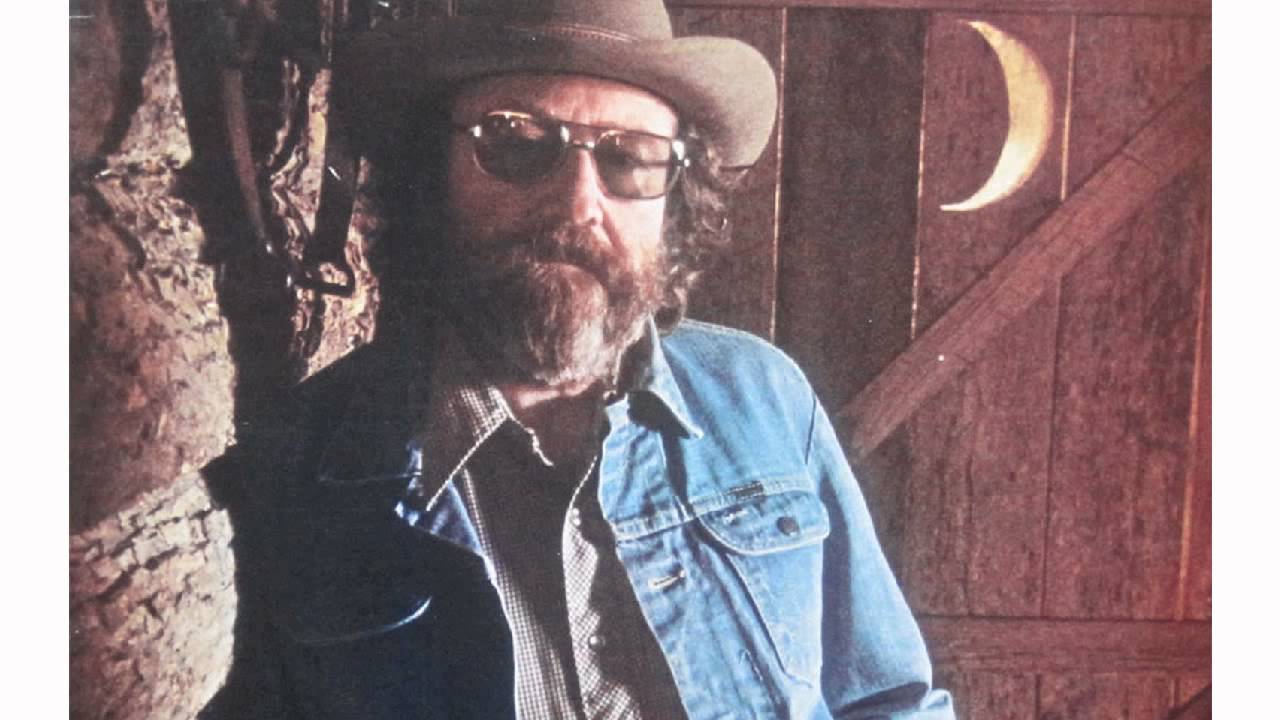
So many complex emotions in a single song. This is a quality that set Merle Haggard apart. And a big reason why his songs resonate so strongly, even many decades past when they were written and first released.
My favorite Haggard album is Someday We’ll Look Back. His 14th studio album, he released it in 1971, just two years after the massive success of “Okie from Muskogee” and “The Fightin’ Side of Me.”
The songs here, however, are a lot more introspective and represent the wide range of material that Haggard wrote and recorded throughout his long career.
A handful of the songs on the album refer to his upbringing in California’s San Joaquin Valley (“California Cottonfields,” “Tulare Dust”). He also sings about infidelity (“Carolyn,” written by Tommy Collins), dishes good-naturedly on the then-still-active clash between hippies and rednecks (“Big Time Annie’s Square”). And there’s even a prison song that ranks up there with his best (“Huntsville”).
Haggard wrote “Huntsville” with Red Simpson, another country legend who, like Haggard, was raised in Bakersfield and strongly associated with the city for the rest of his life.
My hands don’t fit no choppin’ pole
And cotton never was my bag
The men better keep both eyes on me
Or they’re gonna lose old Hag
The title track is a gem, too. It’s a love song (Haggard wrote quite a few love songs throughout his career). And it’s a positive message of resilience – times may be hard, but if we stick together, we’ll make it through and come out the other side stronger than ever.
Someday when our dream world finds us
And these hard times are gone
We’ll laugh and count our blessings
In a mansion all our own
Merle Haggard has a lot of great songs and strong albums to his name. But Someday We’ll Look Back is the one I keep returning to more than any other. The songs, they just stick.
This profile of Joe Diffie was adapted from the book Country Music: A Rough Guide, published in 2000 by Rough Guides.



